‘Navratri’ in Sanskrit means ‘nine nights’. Indians all over the world celebrate these nine nights with full emotion and great enthusiasm. These nine nights are marked with many rituals fasting, poojas and Navratri puja Samagri. This Hindu festival is dedicated to Goddess Durga and her 9 forms. On each of these nine days, poeple worship her different forms of Durga. The significance of Nav Durga is narrated in every Hindu household especially during the Navratris as this is the time when Goddess Durga descends from the heaven to bless her beloved devotees.
1. Goddess Shailputri
The festival of Navratri starts by worshipping the first embodiment of Durga, i.e. Shailaputri, whose name means the “daughter of the mountains”, she is also known as Sati Bhavani, Parvati, or Hemavati, daughter of Hemavana, king of the Himalayas. This form of Durga is considered to be the purest form of her and the mother of nature. She is depicted with riding a bull and holding a trident and a lotus blossom. The lotus represents purity and devotion, while the Trishul represents the past, present, and future.
2. Goddess Brahmacharini
The second day of Navratri, Hindus worship Brahmacharini, which means "one who practices devout austerity." She enlightens us in the incarnation of Durga with great powers and a fine charm. She holds a rosary in her right hand, showing the special Hindu prayers recited in her honor, and a water container in her left hand, representing marital bliss. It is believed that she endows happiness, peace, prosperity, and grace on all her devotees. She is the way to set free, called Moksha.
3. Goddess Chandraghanta
Chandraghanta is the third form of Durga, representing peace, serenity, and prosperity in life. Her name has been taken from the Chandra (half moon) in her forehead in the shape of a ghanta (bell). She is charming and has a golden bright complexion while riding a lion. Chandraghanta has several limbs, usually 10, each one holding a weapon, and has three eyes. She is seeing all the time and ever-vigilant, always ready to battle the iniquitous from whatever direction.
4. Goddess Kushmanda
The fourth form of maa Durga is Kushmanda, her name meaning the "creator of the universe," as she is the one who brought in light to the dark world. Like the other forms of Durga, Kushmanda also has multiple limbs, in which she holds weapons, glitter, a pearl, and other religious objects. The glitter is especially significant as it represents the sparkling light that she brings to the world. Her riding a lion symbolizes strength and courage in the face of hardship.
5. Goddess Skandamata
The fourth form is Skandamata, mother of Skanda or Lord Kartikeya, who was then chosen as their commander-in-chief by the gods in the war against the demons. Skandamata is known for her purity and divine nature. She has four arms and three eyes, while sitting on a lotus. She is holding a small Skanda in her right upper arm and a lotus in the other, which is slightly raised upwards. She accords blessings with her left arm to the faithful Hindus and holds a second lotus in the left hand.
6. Goddess Katyayani
On the sixth day, Katyayani is worshiped on Navratri. She is a fearsome sight to have, having wild hair and 18 arms, each one with a weapon. Katyayani was born in a fit of divine rage and anger, she voids a radiant light from her body, from which no darkness or sin can hide. In spite of her appearance, people believe that she can present a sense of calm and inner peace amongst everybody worshipping her. Like Kushmanda, Katyayani also rides a lion who is always ready to confront the evil.
7. Goddess Kalaratri
She wears a necklace with lighting issues and her mouth shoots flames. Like Kali, the evil destroyer, Kalaratri also has black skin and is known for her protection for the Hindu, she is both honored and feared of from. In her left hand, she holds a vajra, and a sword, both of them are used to fight the forces of evil. In her right hands, meanwhile, gesture to the faithful, giving them protection from darkness and diminishing all fears.
8. Goddess Mahagauri
On the eighth day Mahagauri is worshipped her name meaning, "extremely white," citing to her luminous beauty, which emits from her body. Hindus believe that by paying honor and respect to Maha Gauri, all of their past, present, and future sins will be cleansed, relaying a profound sense of inner peace. She wears white clothes, has four arms, and rides on one of the most sacred animals in Hinduism, the bull. Her right hand is in the pose of diminishing fear, and her right lower hand has a trident. Her left upper hand has a damaru (a small tamborine or drum) while the other lower one is known for the blessings she grants to her devotees.
9. Goddess Siddhidatri
Final form of Durga is Siddhidatri, celebrated on the final night of Navaratri. Her name meaning the "giver of supernatural power," and people believe she gives blessings upon all gods ad goddesses and devotees of the faith. She grants wisdom and an understanding to those who worship her. Like some of Durga's other forms, Siddhidatri also rides a lion, having four limbs and carrying a trident, a spinning disc called a Sudarshana Chakra, a conch shell, and a lotus. The Shankha, shows perpetuity, and the spinning of the disc represents the soul or immortalness.
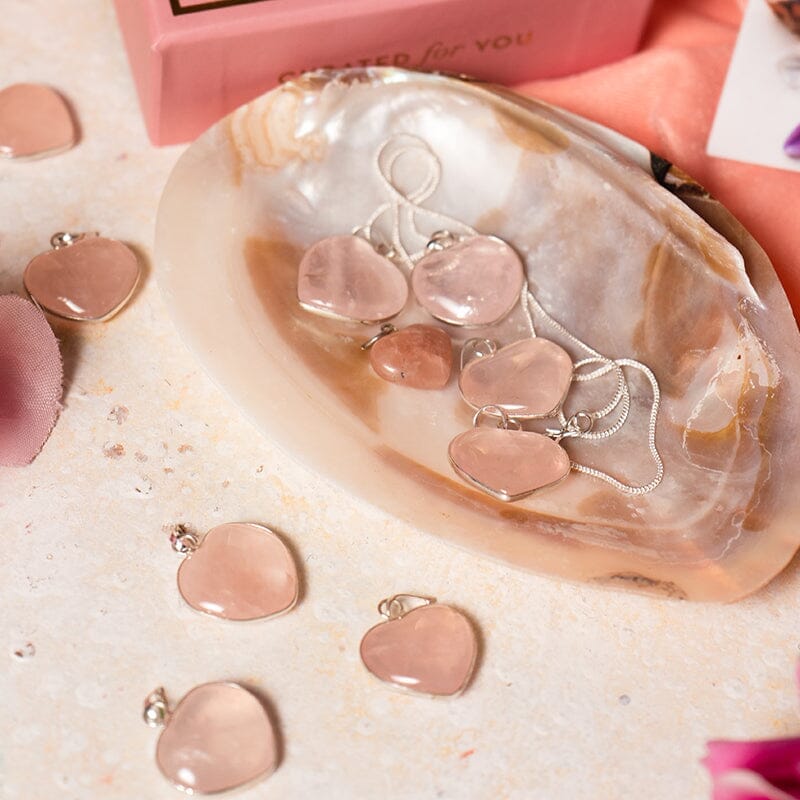

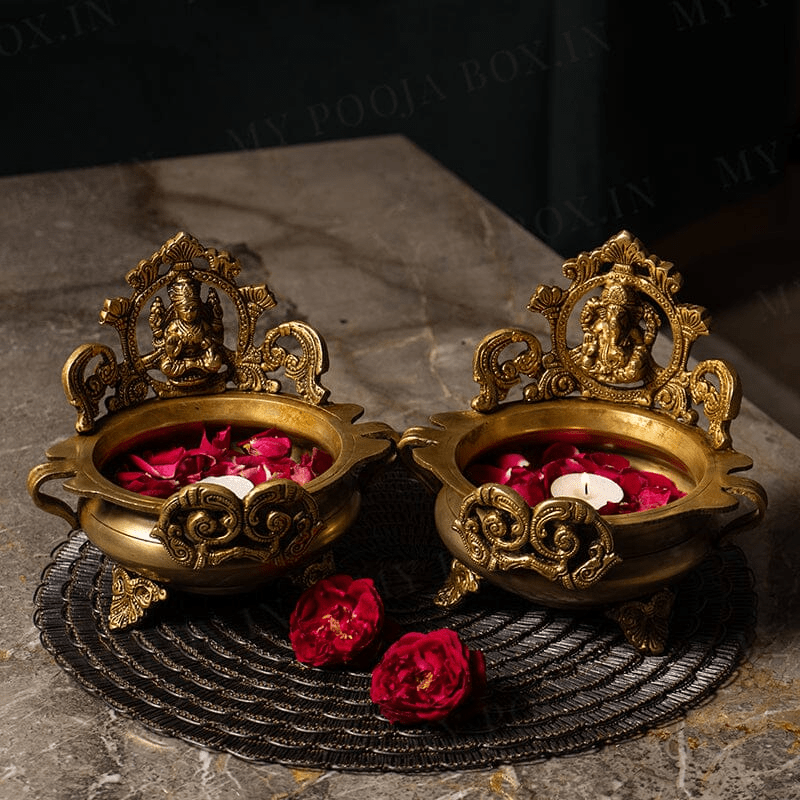
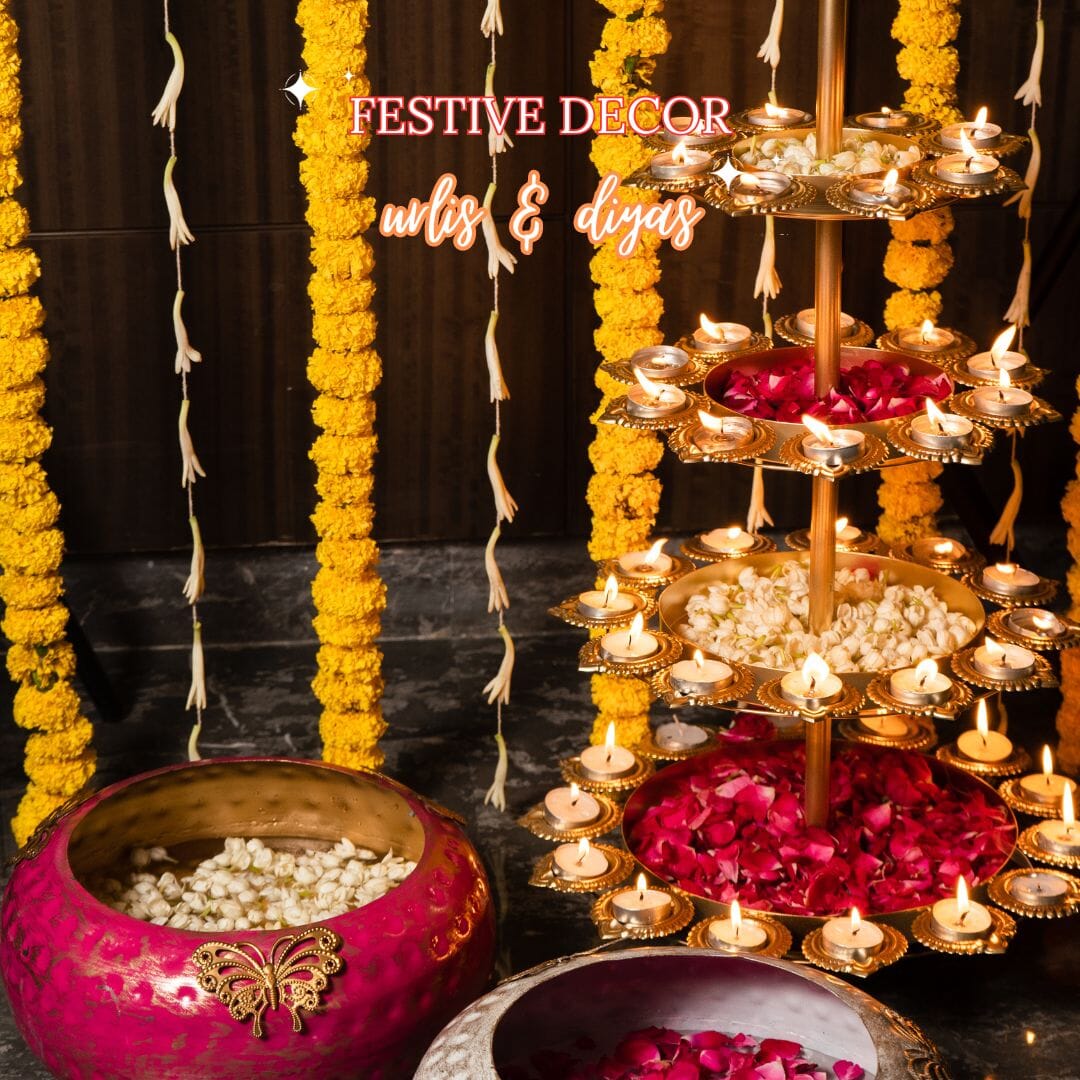

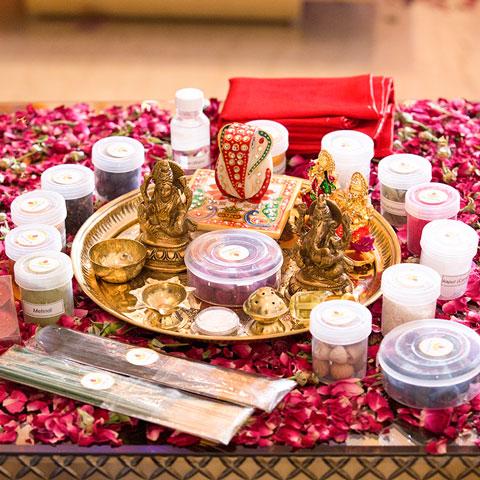
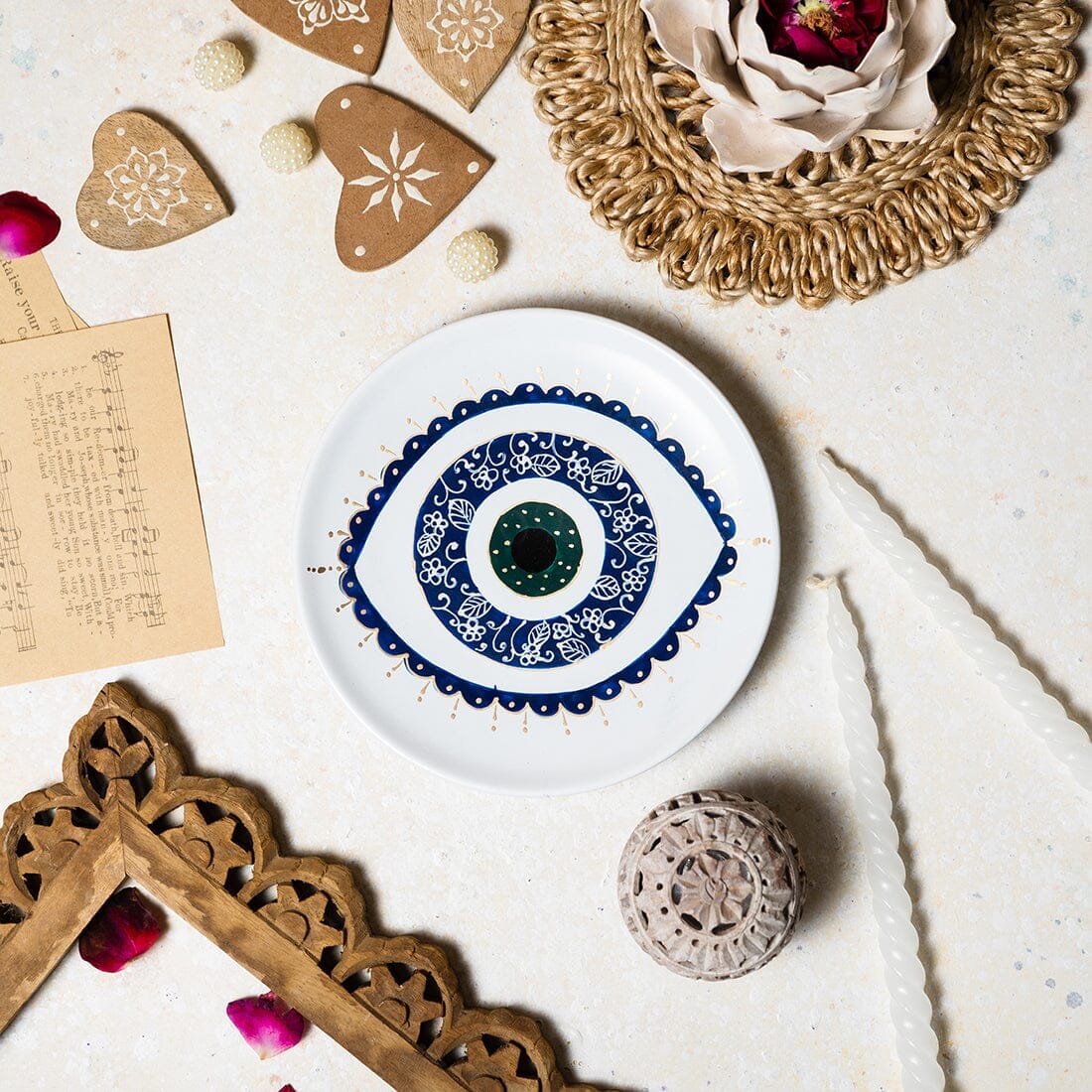
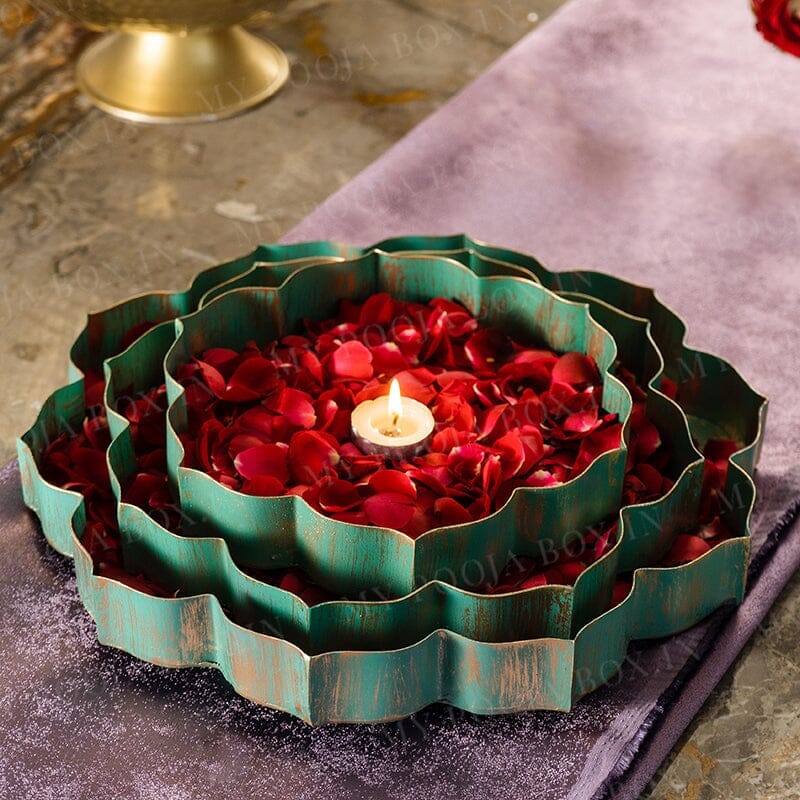
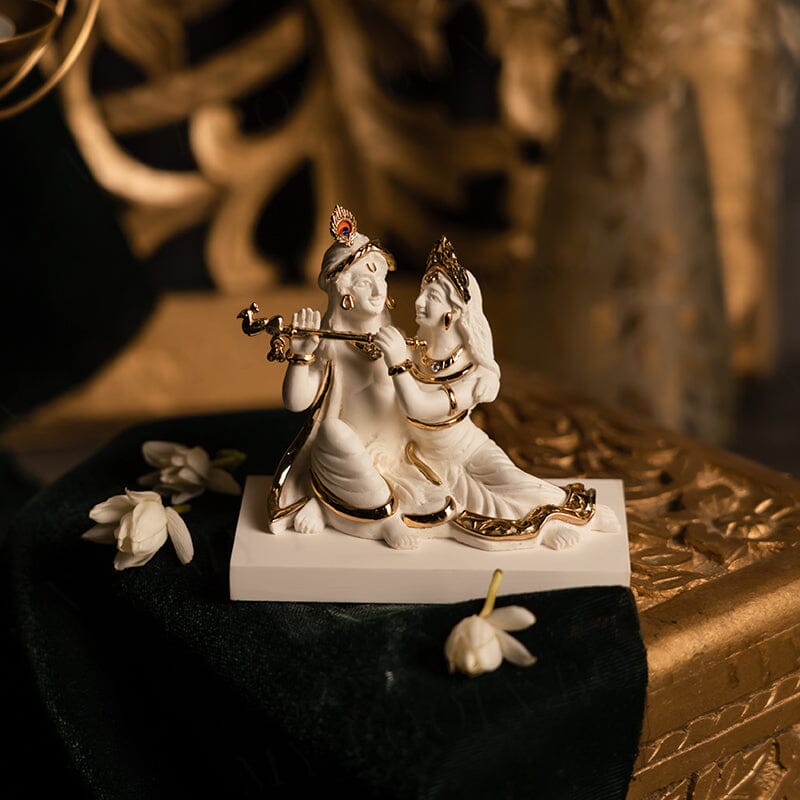




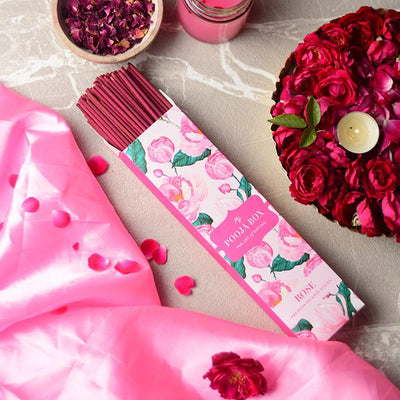

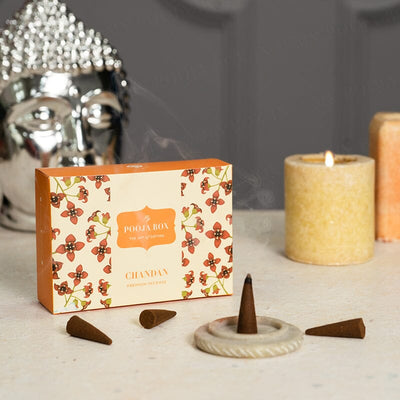

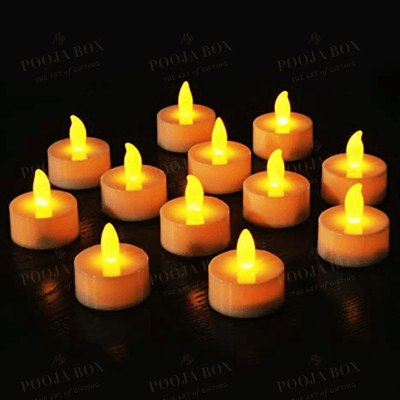




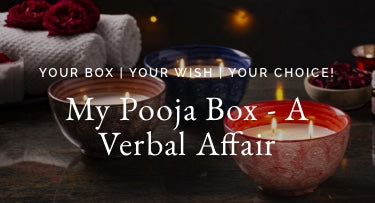
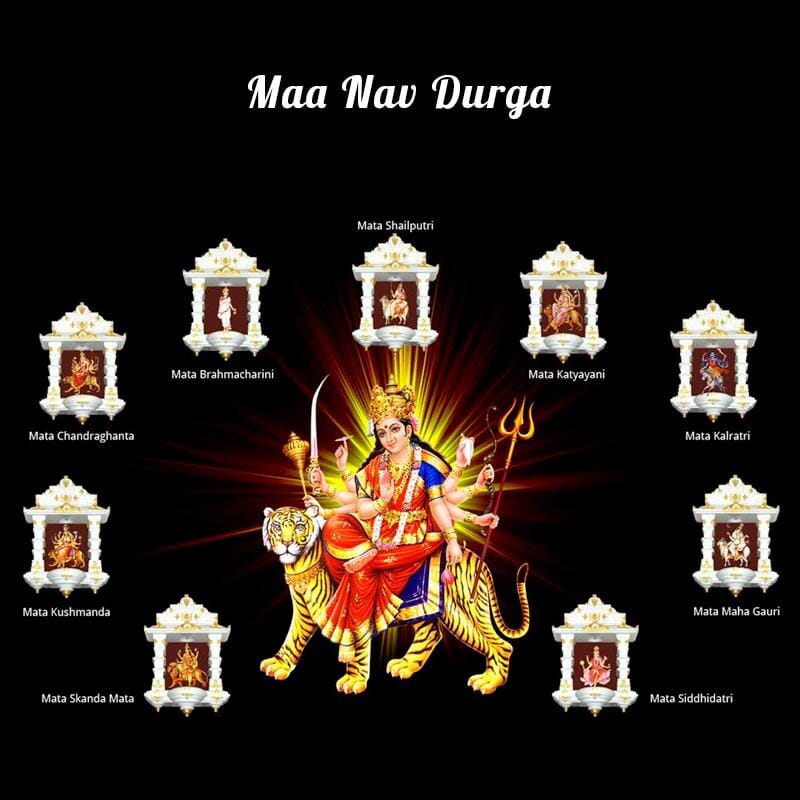
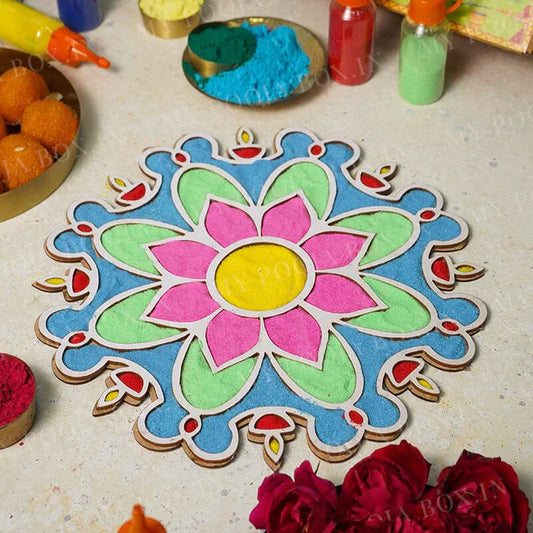
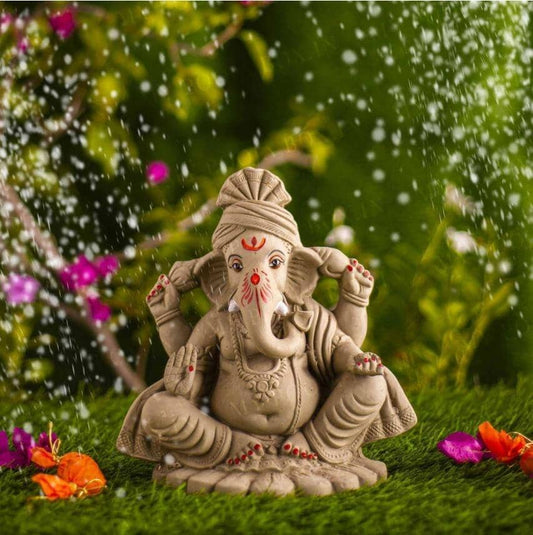
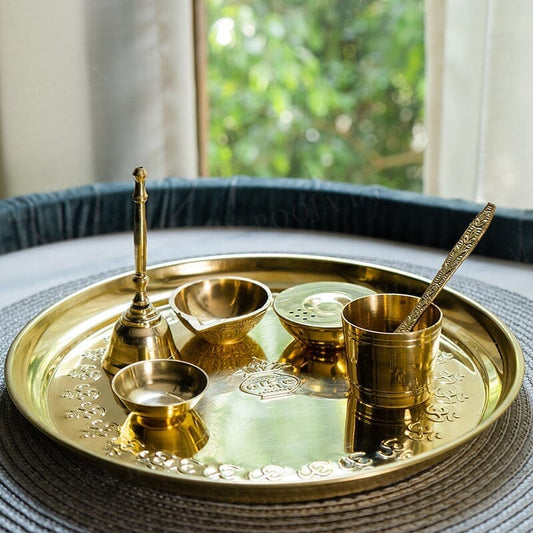
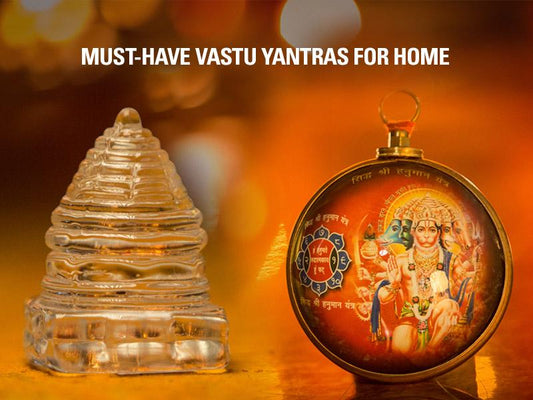
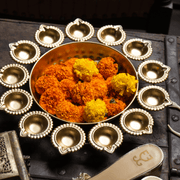


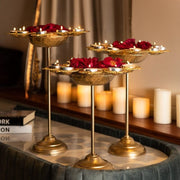
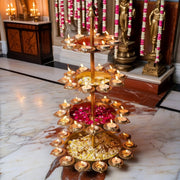
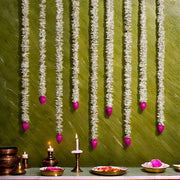
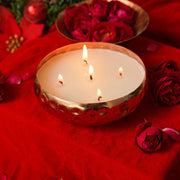

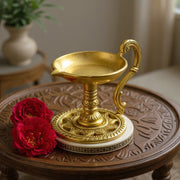
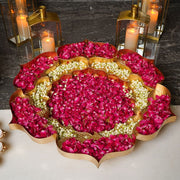
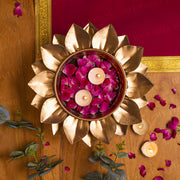
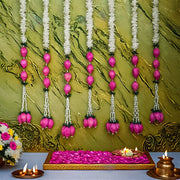
1 comment
Muchas gracias. ?Como puedo iniciar sesion?